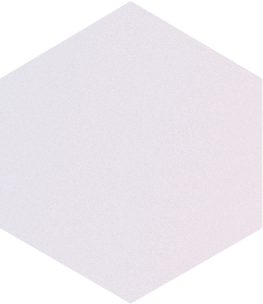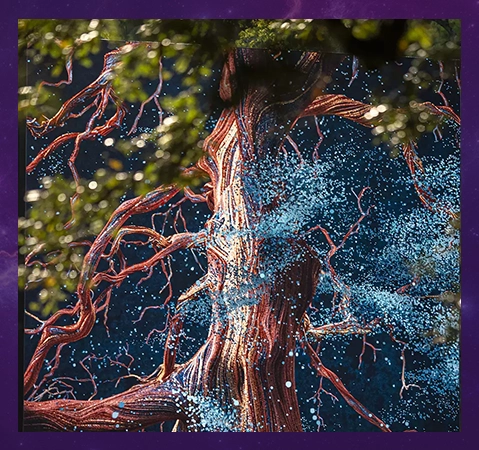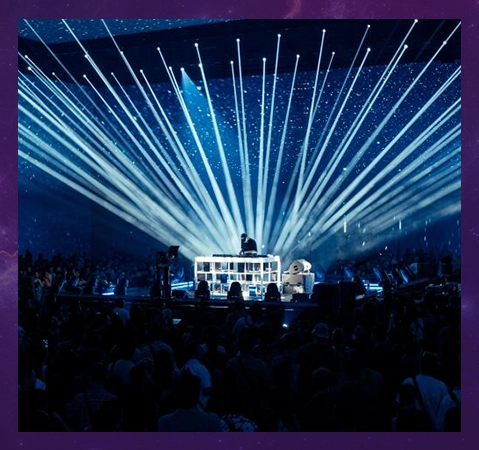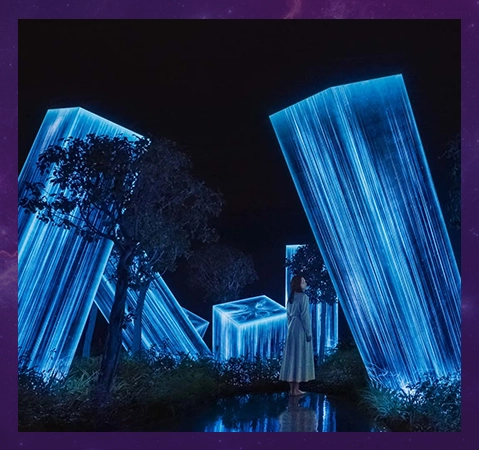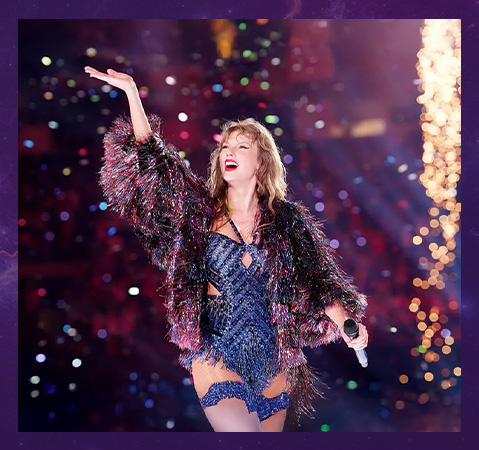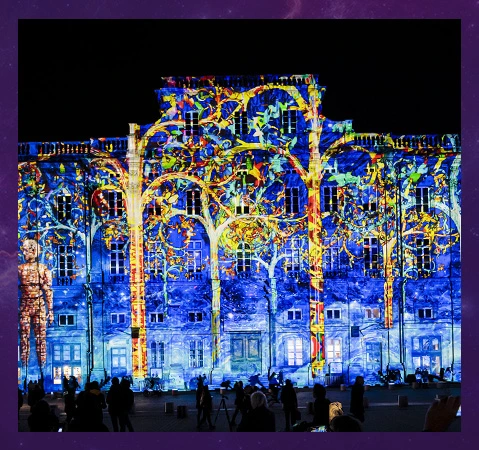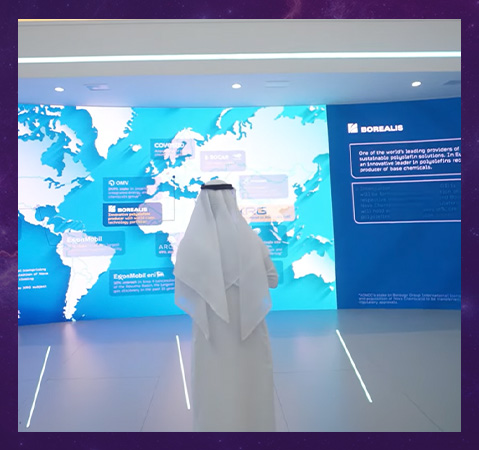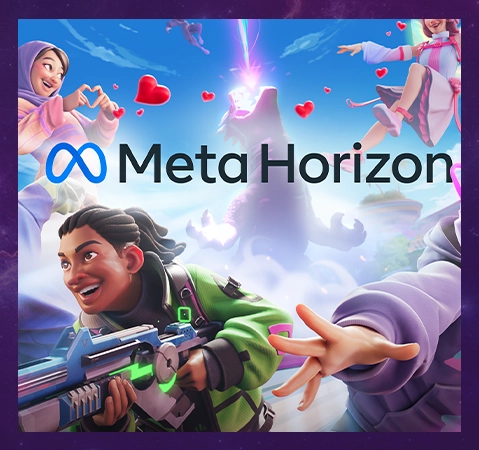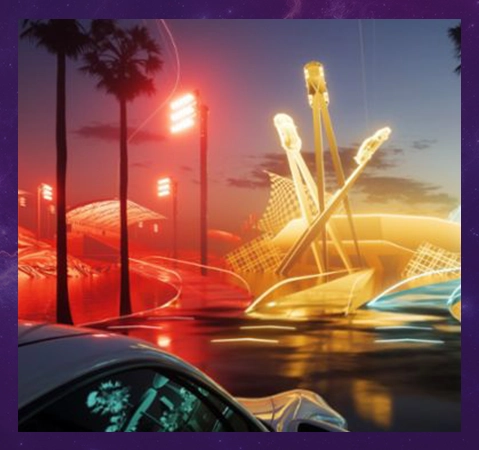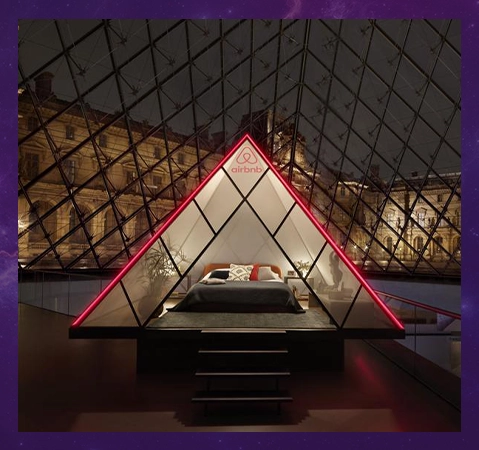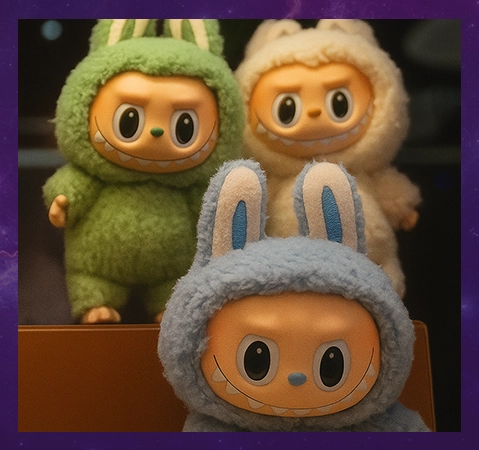
AI and the Evolving Canvas: How Artificial Intelligence is Shaping the Future of Art
share
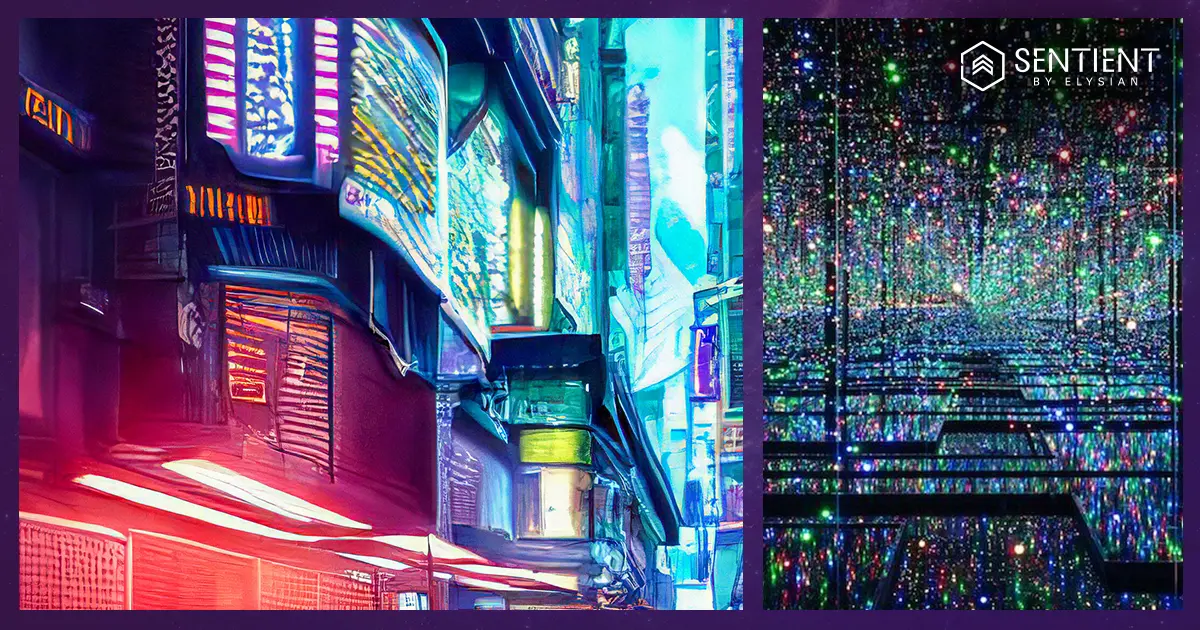
Table Of Contents
AI Tools: GANs
So What are GANs?
Different Types of GANs
Exhibitions That Left A Mark On The World
Every picture an artist creates, every piece of artwork you see, whether AI-generated digital art or a traditional canvas botched with colors, carries the essence of the artist's vision, emotions, and intentions. Every piece becomes unique, projecting a mere fragment of imagination in a more concrete form. This concrete form might not be what you can touch but it is an experience you can feel and get immersed in. Modern artists are taking a big leap with the wonderful AI tools, especially Diffusion models and GANs tools, to create breathtaking immersive experiences, artworks, and spaces.
In this article, we will explore what AI has been doing in the world of art and the tools artists use to create mind-boggling creations.
AI Tools: GANs
A generative adversarial network (GAN) is a class of machine learning frameworks and a prominent framework for approaching generative AI.
Since its inception in 2014 by Ian Goodfellow and his colleagues, the generative adversarial network (GAN) has been taking the world by storm. It's been exactly 10 years and the tool is still used, and more aggressively than before.
So What are GANs?
A generative adversarial network is a deep machine-learning construction of different data sets. It orients two neural networks that constantly compete against each other in a bid to formulate authentic, original, and unique data from a given example. As the name suggests, this model is "adversarial," as it trains two different sets and then compares the two. One set is the generator model, which generates different data sets from a given example, and the other is the determinator model, which compares the generated data sets and finds out if it's original or fake.
Complicated? Let us simplify it for you.
GANs generate a wide range of data types, which include images, music, and text. When a user instructs the tool to create a piece of a new symphony from an existing music record, GANs will work on its magic, modifying the music as much as possible and then comparing its results to give you one final output that is as original as it ever can be. Awesome sauce! How is it able to do so? It is because of the two models it works on.
While the generative model creates multiple data sets, the determinator model refines and shuns out the bad and weak data and predicts whether the final result is fake or real. This way, the tool can generate newer, improved versions until the system can no longer distinguish fake from original. Voila! You end up with a fresh piece of music in no time.
Different Types of GANs
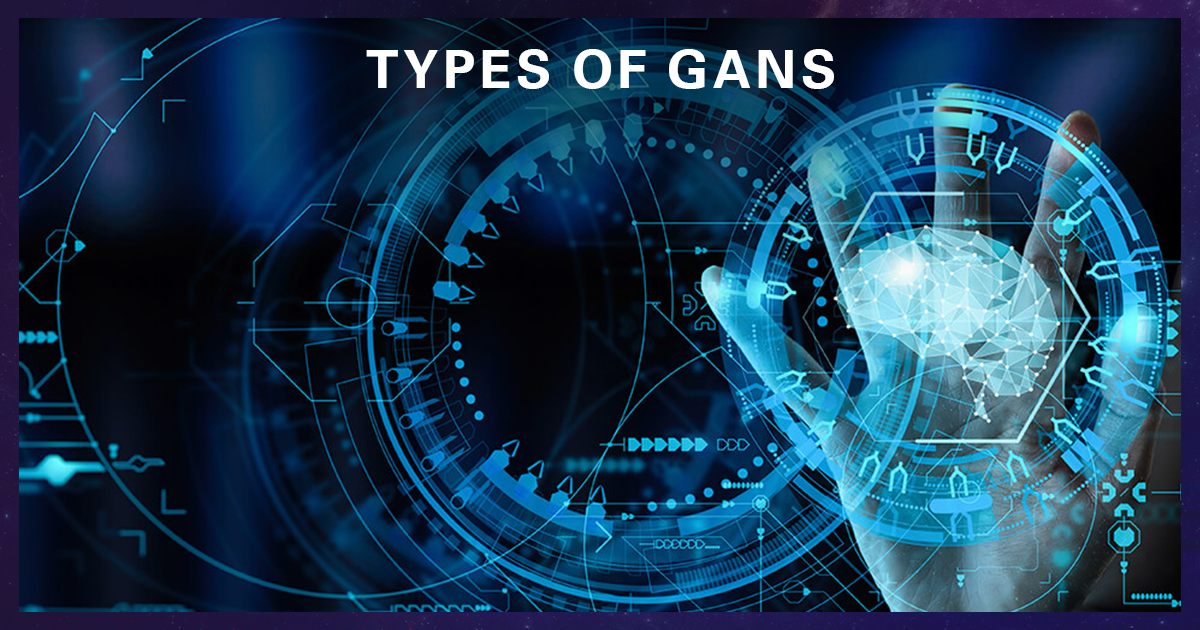
Various types of GAN models are designed to meet specific requirements for producing original text, music, or visuals, ensuring they possess authentic auditory, visual, and sensory qualities. These models utilize distinct mathematical formulas and interactions between the generator and discriminator to assist users in creating captivating content.
StyleGAN, CycleGAN, and DiscoGAN are just a few examples of algorithms that can serve many functions and display content in numerous ways.
Presented below is a compilation of the four prevailing categories of GANs that are widely employed in the year 2024:
#1 Imaginaire:
Imaginaire is a generative adversarial network (GAN) developed by NVIDIA, an American multinational corporation and technology company, using the PyTorch framework. It functions as a centralized repository that consolidates various optimal implementations of image and video synthesis projects into a single entity. This library is versatile, encompassing a wide range of functions such as image processing, video translation, and generative style transfer, all within a single framework.
#2 Mimicry:
Mimicry, a lightweight library in PyTorch, is a popular GAN tool in 2024 that enables the replication of GAN research.
This application offers TensorBoard integration for visually analyzing the variety, failure, and potential curves of randomly generated images, specifically for evaluating the training of Generative Adversarial Networks (GANs). The flexibility of this system lies in its ability to facilitate the standardized implementation of GAN models and streamline the implementation process by minimizing the need to rewrite the majority of the GAN training code.
#3 Pygan

Pygan is a specialized Python library that is specifically created for the purpose of implementing a wide range of models, such as GANs, AAEs, Conditional GANs, and EBGANs. Therefore, it offers a wide range of options in a single area.
Furthermore, this allows for the development of generative models that are based on statistical machine-learning problems. One can use this instrument extensively without feeling the need to look for another option or switch to a different choice.
#4 Torch-GAN
Another excellent selection Torch-GAN is a Pytorch-based framework that is specifically built to offer fundamental components for popular GANs. Torch-GAN is gaining popularity in 2024 due to its ability to be customized for advanced research and its inclusion of numerous user-friendly features that simplify engineers' tasks.
Exhibitions That Left A Mark On The World:
Artists utilizing Generative Adversarial Networks (GANs) technology have been creating extraordinary works of art since its inception, captivating the global audience and rendering them speechless. Artistically conveying mental processes with vividness and grace is a skill in its own right, and GANs seamlessly align with the artist's vision, consistently producing extraordinary results. To the artist's great satisfaction and joy!
Refik Anadol: Unsupervised at MoMA
The Museum of Modern Art (MoMA) is now presenting the "Refik Anadol: Unsupervised" Exhibition, which represents a significant advancement in the field of AI art. The artwork, conceived by the artist Refik Anadol himself, has been seen at museums since March 2023. It incorporates a highly advanced artificial intelligence model.
Anadol is a Turkish-American artist and designer who works with new media and currently lives in Los Angeles. His initiatives consist of data-driven machine learning algorithms that generate captivating abstract and vibrant worlds, consistently captivating observers.
According to the artist, the exhibition "Unsupervised" explores the concepts of technology, creativity, and modern art. Anadol developed a sophisticated machine-learning algorithm to analyze the publicly accessible data of MoMA's collection. As the model traverses a wide range of artworks, it envisions a new interpretation of the history of contemporary art, contemplating the possibilities that could have existed and those that may still emerge. The displays invite observers to delve into realms of fantasy, psychosis, and irrationality, so creating an alternative perception of the process of creating art.
Machine Hallucinations — Space: Metaverse at Sotheby’s

Refik Anadol's innovative approach to immersive art using AI is demonstrated in his Machine Hallucinations project. The exhibition showcases a diverse collection of artworks that were influenced by the relationship between his studio and NASA JPL, which commenced in early 2018. Additionally, it encompasses his extensive investigation into the historical aspects of space exploration using photographs as a medium.
Anadol utilizes sophisticated machine learning algorithms that have been specifically trained on photos of deep space collected during humanity's exploration. This enables him to provide captivating visual interpretations of the mysterious and unexplored. The show stimulates contemplation, explores humanity's captivation with space, and unveils complex connections between ambiguity and transparency using digital and physical media.
To Wrap It Up:
GANs have revolutionized the ability to generate realistic artwork from preexisting pieces, a concept that was previously inconceivable just a few years ago. This has also sparked inquiries over the online security of one's job. Although the answer is uncertain, advancements in technology are continuously improving the security and safety of working with online AI tools.
However, there are many instances that demonstrate how GANs are enabling the creation of art, music, and text in an impressively remarkable way. Creating photographs has become increasingly convenient, eliminating the necessity of physically visiting the location and incurring significant expenses on air travel, costly equipment, and other related costs.
The potential applications of this technology are countless, and their utilization is entirely dependent on the individual's ability to shape and optimize its use. Sentient By Elysian specializes in creating interactive places and digital installations for various sectors throughout the world, employing cutting-edge technologies to deliver a one-of-a-kind and captivating experience.

